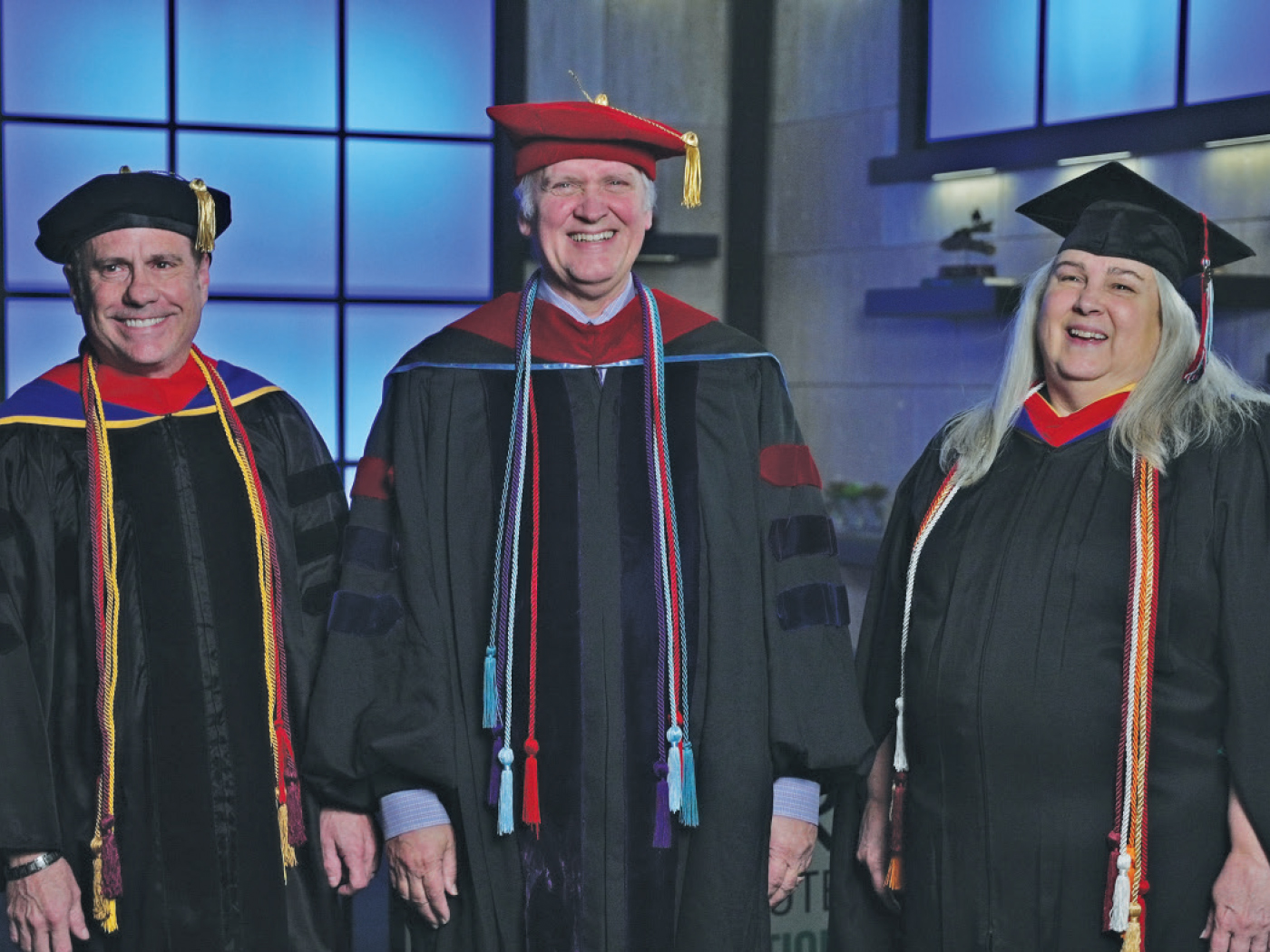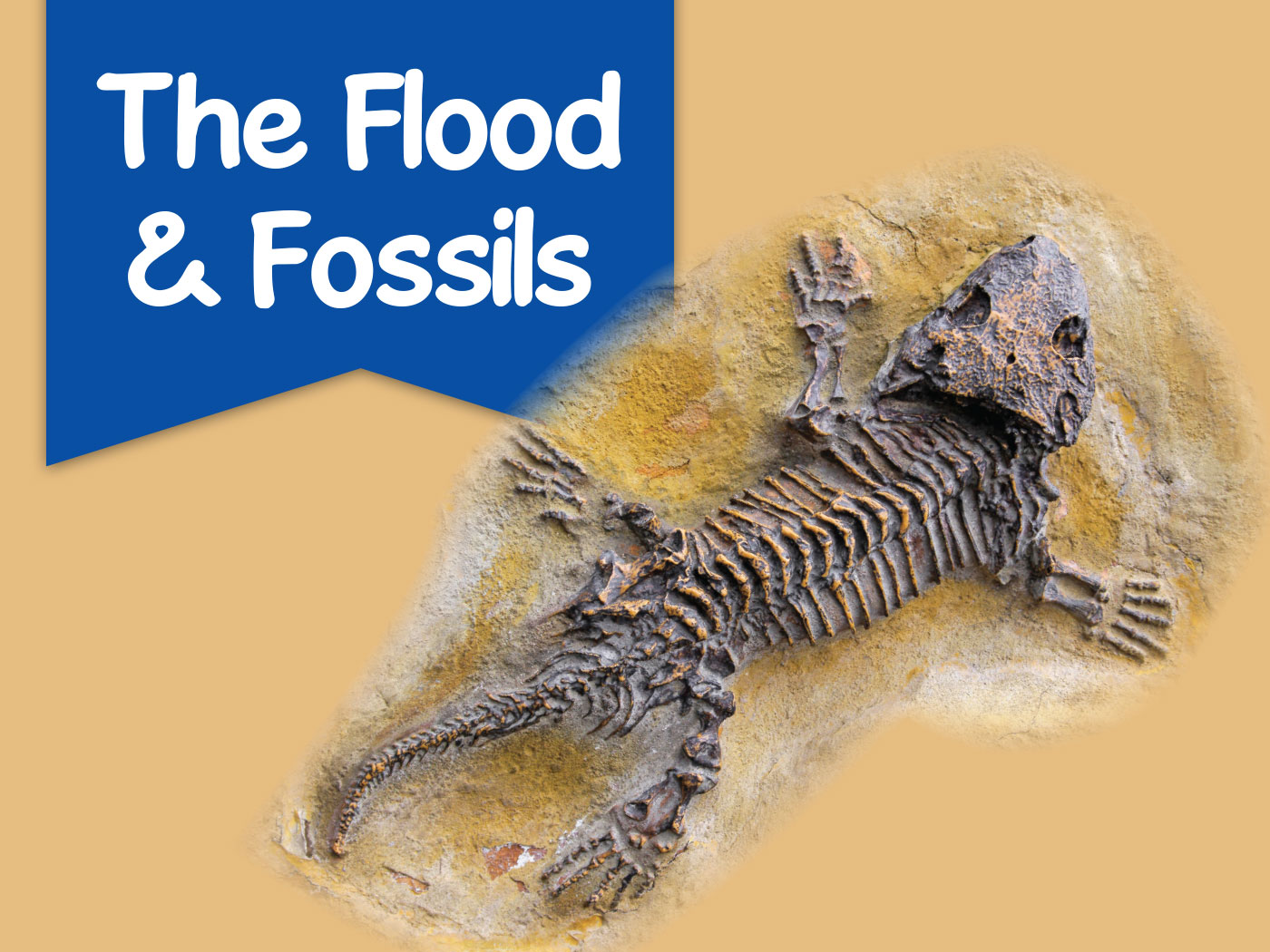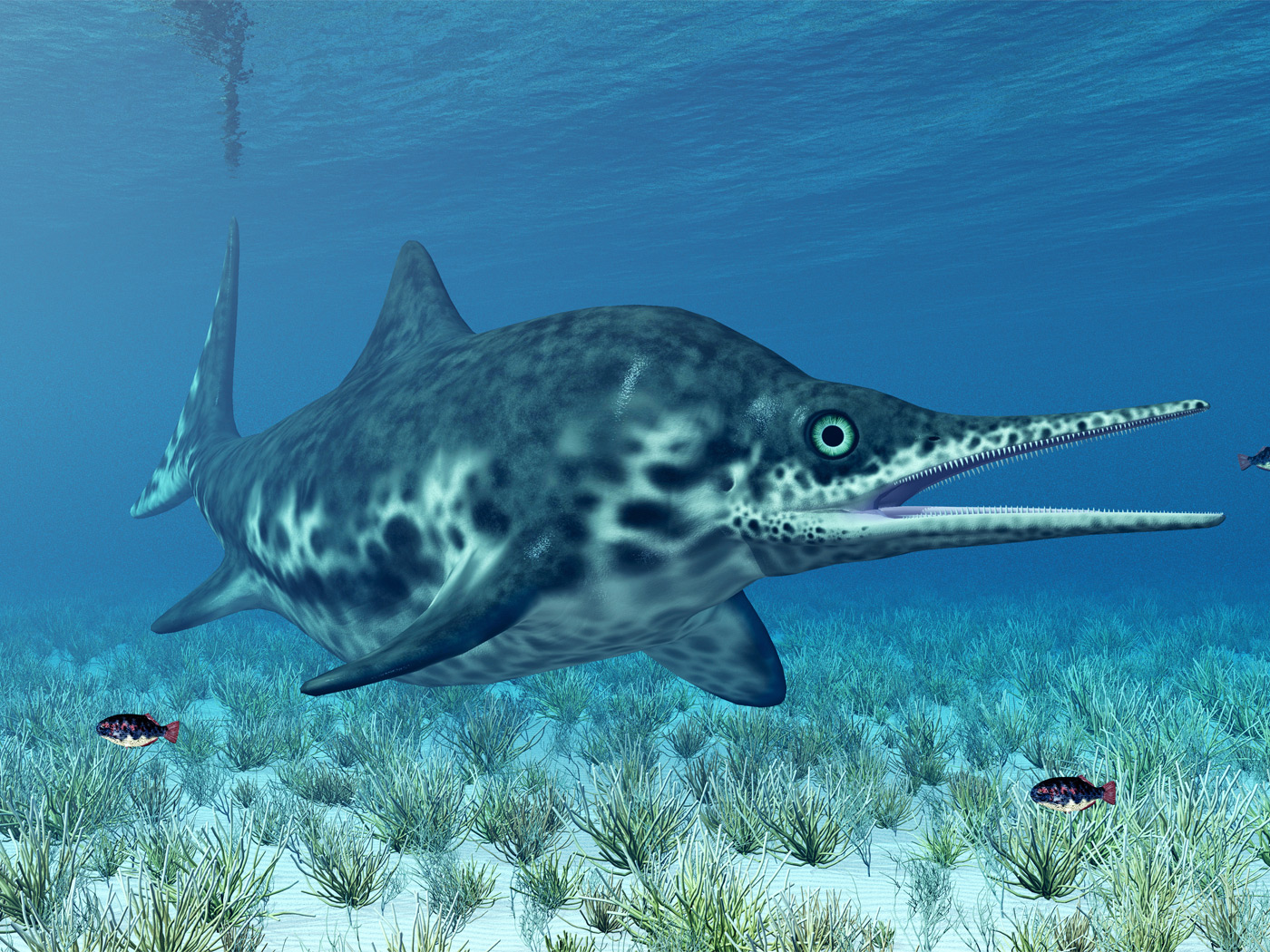Questions about ancient DNA (aDNA) abound—particularly ancient human DNA. Are the data real? Are they accurate? Are the newly published genomes of the Neandertals, Denisovans, and others being sequenced similar to modern humans, or do they represent forms of evolutionary pre-humans? To answer these questions, researchers at ICR are currently analyzing the scientific literature and working with publically available aDNA sequence data. Our goal is to use the results of this research to help provide informed answers within both a scientific and a biblical framework.
Of particular interest in this field is the increasing amount of aDNA sequence being generated for ancient humans from samples recently extracted from bones and even frozen tissues. Some of these samples are allegedly from humans who lived about 4,000 to 10,000 years ago (termed Neolithic), while others are claimed to be from individuals who supposedly lived over 40,000 years ago such as Neandertals and Denisovans.
The field of aDNA sequencing for archaic human genomes has exploded during the past few years as technologies have greatly improved. However, many problems and caveats still plague this research and must be considered when attempting to interpret the data. One of the main problems is the pervasive contamination of samples with modern human DNA. A recent review on the subject noted that “Neanderthal skeletal remains are contaminated with modern human DNA derived from the handling and the washing of the specimens during excavation” and “the human contaminants can often outnumber the endogenous DNA.”1
In the most recent publication of Neandertal genome sequence, the researchers claim to have reduced the modern human contamination levels to only one to five percent by evaluating different types of “diagnostic sites” across the genome.2 However, their first public posting of data prior to publishing their results for one of the genomes contained a Y-chromosome. Scientists later removed the Y-chromosome and published the genome stating it was female. Clearly something was amiss. While the researchers later claimed that this anomaly was due to a few misplaced sequences, the fact remains that nearly an entire human Y-chromosome was present at one point in the project, not just a few errantly placed genes. So how did their male Neandertal morph into a female? The likely answer is that the Y-chromosome sequence was from modern male human contamination—illustrating that the process is far from perfect.
Nevertheless, we can only work with whatever data are publicly available despite the apparent questions about contamination and accuracy. In a preliminary study, this author downloaded multiple data sets containing millions of individual DNA sequences from both the Neandertal and Denisovan genome projects from one of the lead research centers (Max Planck Institute). On average, the sequences were about 75 bases in length and found to be 99.7 to 100 percent identical to modern human for both Neandertal and Denisovan. If we assume that these data are accurate despite the questionable quality issues, then these DNA sequences clearly represent ancient humans—not some sort of inferior pre-human evolutionary ancestor.
Most importantly, research studies on the breakdown of DNA in the environment over time suggest that the hypothetical ages being applied to many of these ancient human bone fragments are greatly exaggerated.3 Because the bones being recovered are typically found in burial sites and not flood deposits, a post-global-Flood biblical timeline of not more than about 4,400 years provides a much better fit to the scientific data for DNA decay. The study of ancient DNA confirms that it is consistent with God creating man about 6,000 years ago and demonstrates that humans have not evolved from supposed pre-humans.4
References
- Rizzi, E. et al. 2012. Ancient DNA studies: new perspectives on old samples. Genetics Selection Evolution. 44 (21): 1-19.
- Prüfer, K. et al. 2014. The complete genome sequence of a Neanderthal from the Altai Mountains. Nature. 505 (7481): 43-49.
- Allentoft, M. E. et al. 2012. The half-life of DNA in bone: measuring decay kinetics in 158 dated fossils. Proceedings of the Royal Society B: Biological Sciences. 279 (1748): 4724- 4733.
- In fact, the genome of mankind is actually devolving or degrading over time—a concept referred to by scientists as “genetic entropy.” See Sanford, J. C. 2008. Genetic Entropy and the Mystery of the Genome. Waterloo, NY: FMS Publications.
* Dr. Tomkins is Research Associate at the Institute for Creation Research and received his Ph.D. in genetics from Clemson University.






















